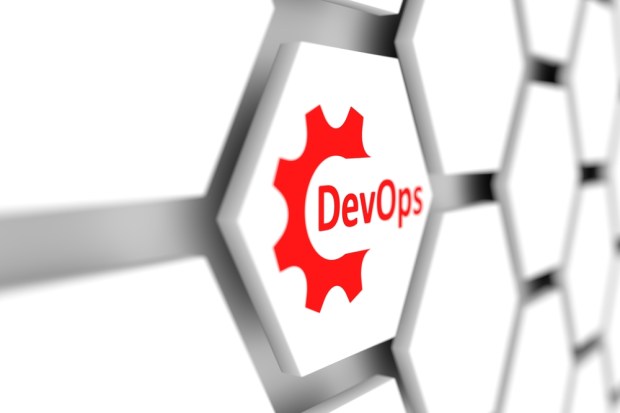For FIs, The Waterfall Is Drying Up

Firms evolve … or don’t, at their peril. The old ways of doing business? They get old; they get fossilized. They go away, along with, sometimes, the firms that are stuck in the past.
For financial institutions (FIs), it may be time to look to the death of the waterfall. The waterfall: You know, the way a project traditionally evolves in discrete chunks, from concept to analysis, to design and deployment — a step-by-step approach in tech that has been the hallmark of bigger firms.
However, in an age where FinTech upstarts can eat FI lunches, step by step does not cut it. Compressed product cycles mean getting new customer services to the customers with haste — where constant monitoring is a need-to-have, not a nice-to-have.
Thus, the advent of DevOps, where there’s a marriage between software development and operation, and monitoring is constant. For FIs, it’s akin to making the elephant dance, with a focus on innovation in software production and in aligning IT teams with the C-Suite.
In an interview with PYMNTS, CTO Matt Scott of Renovite Technologies stated that “moving FIs to DevOps is not just a consideration, but a critical consideration.”
Banks are, of course, being challenged by FinTech firms, because the latter has adopted new methods of coming to markets that traditional players are not (yet) leveraging.
“One of those methods is agile development … with continuous integration and continuous delivery,” he said. The firm that adopts DevOps, he said, can optimize services more quickly than might be seen otherwise.
Why the Hindrance?
No doubt, the FIs know the threat that is lurking and manifesting. Yet, why the drag toward adopting more agile development activities?
Scott pointed to a combination of factors, including legacy infrastructure and system constraints. Other roadblocks come as a result of regulatory pressure and external mandates, such as those enforced by Visa and Mastercard.
“Then, layered on top of that, there are process issues — some of which can be more easily mitigated,” he told PYMNTS. For example, implementing automated regression test environments is now considerably more efficient than the traditional labor-intensive manual testing method.
Scott added, “A lot of financial institution marketing departments are very interested in promoting the adoption of digital enterprise and DevOps cultures. The reality is that a lot of their internal processes and departments are not geared [toward] enabling continuous integration and continuous delivery, either from their own in-house software development or from their third-party suppliers.”
By not being able to accept continuous delivery of new code, he continued, FIs cannot obtain valuable insight or shorten development cycles. The elongated cycles impact the quality of their deliverables.
How to Look at Investments
Another hindrance may be the upfront investment required to develop technologies and methodologies, Scott noted. When it comes to investments, there is a human side to costs beyond dollars and cents, where there is a movement beyond the waterfall approach to a continuous approach.
“Some resources can take that quite badly. There can be some resistance,” he told PYMNTS.
How to maintain consistency? Scott offered the example of containerization, explaining that: “When you containerize an application, the service it provides will be consistently delivered. The underlying environment may be different; you may prefer to run the services in a private cloud or a public cloud — effectively, the applications will run consistently.”
This allows FIs to avoid time-consuming implementation, and Scott noted that the economics of running on a mainframe system remain expensive as well.
“It is possible to deliver an entirely operable system to a customer that they can deploy straightway,” said Scott. “There are no accidental misconfigurations. It comes out of the [company] pipeline and is delivered to the customer in the same way.”
He noted another benefit of DevOps: There is a motivational increase within the firm adopting this culture, in that there is direct engagement with stakeholders to which, traditionally, developers may not have had access.
“There is almost a bonding that takes place between [developers] and the customers,” he told PYMNTS. “Working collaboratively feeds into an improvement in the sprint toward development of new services.”
